At the end of the alley we stop to watch a work in progress, tubes of paint laid out, ladder propped up against a bold and brilliant mural. Two street artists turn to watch us watching them: “A donation for materials is always welcome,” says the big one with a smile.
We move round the corner discreetly fumbling for dollars with the big guy standing discreetly close by. “Much appreciated,” he says swapping our crumpled notes for flyers inviting us to the Clarion Alley party at the weekend.
Welcome to the Mission District. We feel we have arrived in the real San Francisco.
As tourists tend to do, we’ve seen a fairly air-brushed version of California on our travels so far. We’ve explored the original gold rush trail in the heights of the Sierra Nevada and tracked the new digital rush through Silicon Valley.
Now we enter the Mexican quarter of San Francisco and at first sight this seems what Scots might call real life. Mission Street is very long and rapidly changes character as we travel north. Air-conditioned department stores and glassy office towers give way to a different world. Spanish is spoken here. Small shops spill racks of fresh fruit and vegetables onto crowded pavements, cafes flood the air with spices and music, neighbours stop to chat in the sunshine. It’s all buzz and bustle; down and outs weaving through city slickers, cool dudes and mothers with young kids.
But we hear there’s tension in the Mission. The booming tech economy is pulling in a new wave of settlers, pushing up rents and property in the neighbourhood.
“There’s always been a tension between push and pull in this area,” says our friend Ann when we meet for a very good Mexican lunch at Gracias Madre.
Cities are dynamic. New wealth is always drawn to districts with a creative buzz, displacing the folk who created the buzz. See East Berlin after the wall came down, Edinburgh as the financial sector boomed, Glasgow (perhaps?) after the Commonwealth Games.
But there’s an interesting twist to San Francisco’s gentrification. A fascinating map drawn by Edward Rodenbeck on Wired Magazine, traces how Google, Facebook and Apple shuttle employees to work. In an odd reversal of the usual pattern, the digital giants transport affluent whiz kids from city centre apartments to work in suburban head offices in Palo Alto.
The wifi-fitted, double-decker Google shuttle coaches are notorious. Ironically, of course, you just have to Google the words ‘Google bus San Francisco’ to see the strength of public feeling. The private shuttle service symbolises growing inequality in a city fast filling up with young millionaire tech execs and their highly paid workers as city fathers struggle to provide affordable housing. Doing no deliberate evil, Google is doing no deliberate good. Perhaps they could have invested in public transport suggests Ann who, like Rodenbeck, is part of the tech economy but lives and works in the city.
Still, street art fights on. “I feel you should see this,” says Ann leading us from the restaurant across the road to Clarion Alley. The Clarion Alley Mural Project (CAMP), covering almost every available surface in a narrow lane, is a San Franciscan urban legend in real life. The murals are vibrant, some shocking, many provocative, funny, seemingly enduring and of course, paradoxically, the artists use new digital media to get their hand-crafted message across. There are website addresses at the bottom of murals which are broadcast through cyberspace. And of course CAMP has a Facebook page (note: we’ve just missed the event to ‘celebrate/mourn the neighbourhood’ and this weekend’s party). Tech gives and tech takes away.

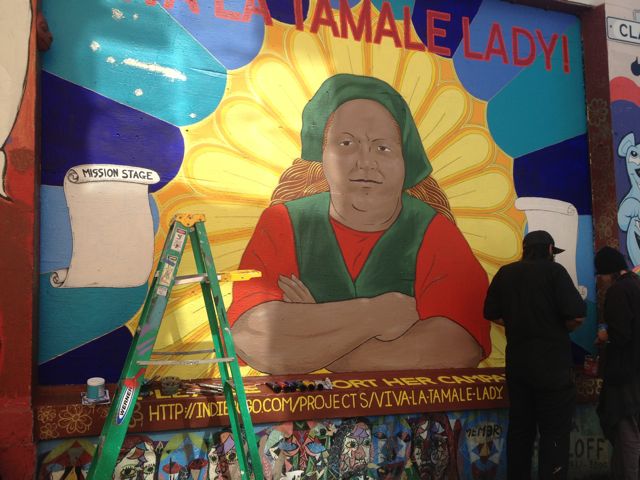
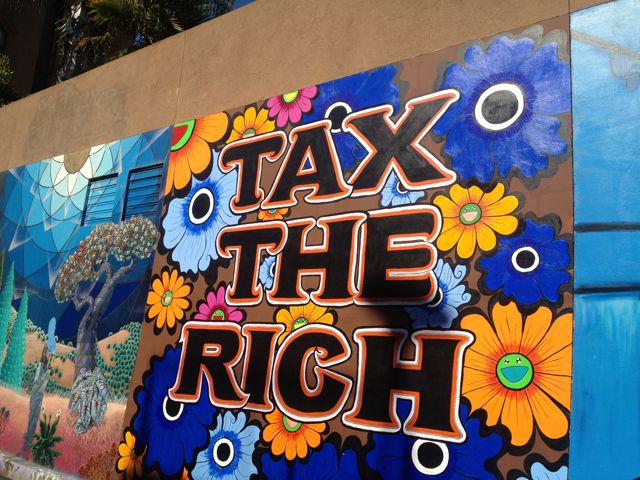
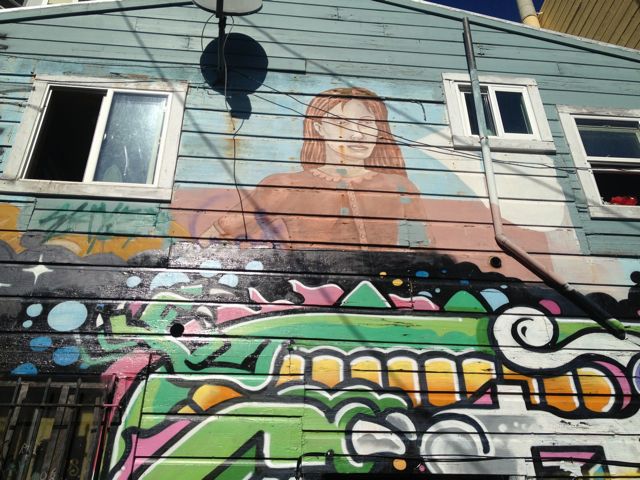
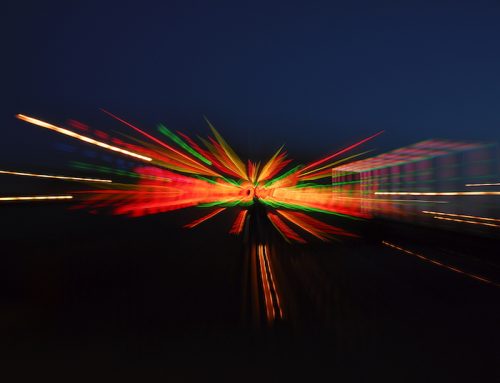
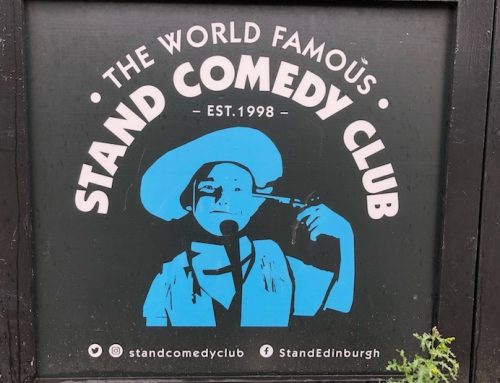


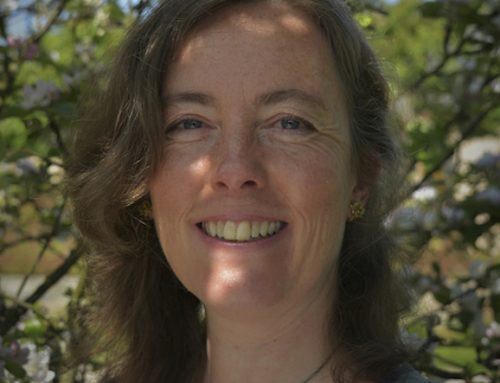
Leave A Comment